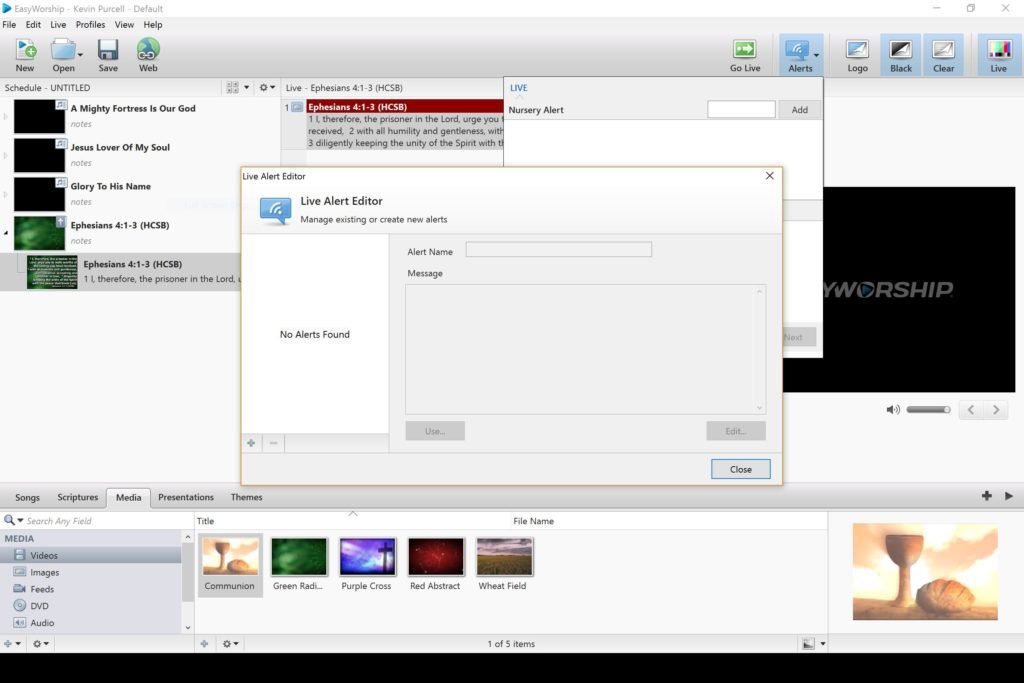
_ 21 cases of shigellosis among children and workers at a day care center over a period of 6 weeks, no external source identified incubation period for shigellosis is usually 1-3 days). Intermittent or continuous common source. Pandemic refers to an epidemic that has spread over several countries or continents, usually affecting a large number of people. Cluster refers to an aggregation of cases grouped in place and time that are suspected to be greater than the number expected, even though the expected number may not be known. Outbreak carries the same definition of epidemic, but is often used for a more limited geographic area. Epidemic refers to an increase, often sudden, in the number of cases of a disease above what is normally expected in that population in that area. Occasionally, the amount of disease in a community rises above the expected level. Hyperendemic refers to persistent, high levels of disease occurrence. Endemic refers to the constant presence and/or usual prevalence of a disease or infectious agent in a population within a geographic area. 
Sporadic refers to a disease that occurs infrequently and irregularly. While some diseases are so rare in a given population that a single case warrants an epidemiologic investigation (e.g., rabies, plague, polio), other diseases occur more commonly so that only deviations from the norm warrant investigation.

Thus, the baseline level is often regarded as the expected level of the disease. In the absence of intervention and assuming that the level is not high enough to deplete the pool of susceptible persons, the disease may continue to occur at this level indefinitely. This level is not necessarily the desired level, which may in fact be zero, but rather is the observed level. The amount of a particular disease that is usually present in a community is referred to as the baseline or endemic level of the disease. and Canada) or 72 (outside US and Canada).Section 11: Epidemic Disease Occurrence Level of disease This course is valuable for individuals who create or interpret engineering drawings, product and gage designers process, product, and manufacturing engineers supplier quality engineers/professionals CMM operators buyers/purchasers checkers inspectors technicians and sales engineers/professionals. 2.4 CEUs*/Certificate of Achievement (upon completion of all course content and a score of 80% or higher on the final exam).90 days of online single-user access (from date of purchase) to the 24 hour course.Interpret applications of datum targets, size datum features (RMB), and size datum features (MMB).Interpret the various types of tolerance (flatness, circularity, cylindricity, straightness, perpendicularity, parallelism, angularity, position, runout, and profile).
 Describe the concepts of worst-case boundary, virtual condition, and bonus tolerance. Recognize the symbols and modifiers used in GD&T. Interpret the general dimensioning symbols. Explain why geometric tolerancing is superior to coordinate tolerancing. Describe the types of dimensions, tolerances, and notes. Explain the importance of standards on engineering drawings. Upon completion of this course, you will be able to: It takes approximately 24-28 hours to complete. The course contains 29 lessons that explain the terms, symbols, modifiers, rules, and basic concepts of geometric tolerancing as prescribed in the ASME Y14.5-2009 Standard.
Describe the concepts of worst-case boundary, virtual condition, and bonus tolerance. Recognize the symbols and modifiers used in GD&T. Interpret the general dimensioning symbols. Explain why geometric tolerancing is superior to coordinate tolerancing. Describe the types of dimensions, tolerances, and notes. Explain the importance of standards on engineering drawings. Upon completion of this course, you will be able to: It takes approximately 24-28 hours to complete. The course contains 29 lessons that explain the terms, symbols, modifiers, rules, and basic concepts of geometric tolerancing as prescribed in the ASME Y14.5-2009 Standard.







 0 kommentar(er)
0 kommentar(er)
